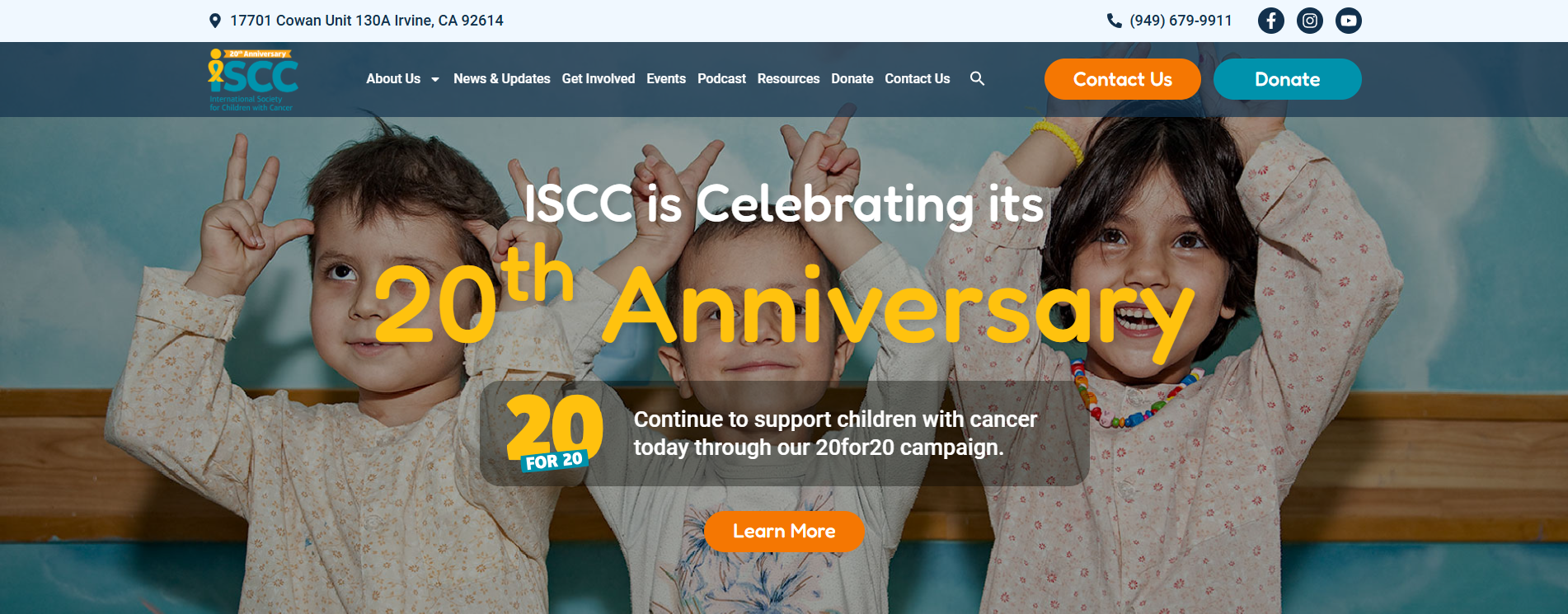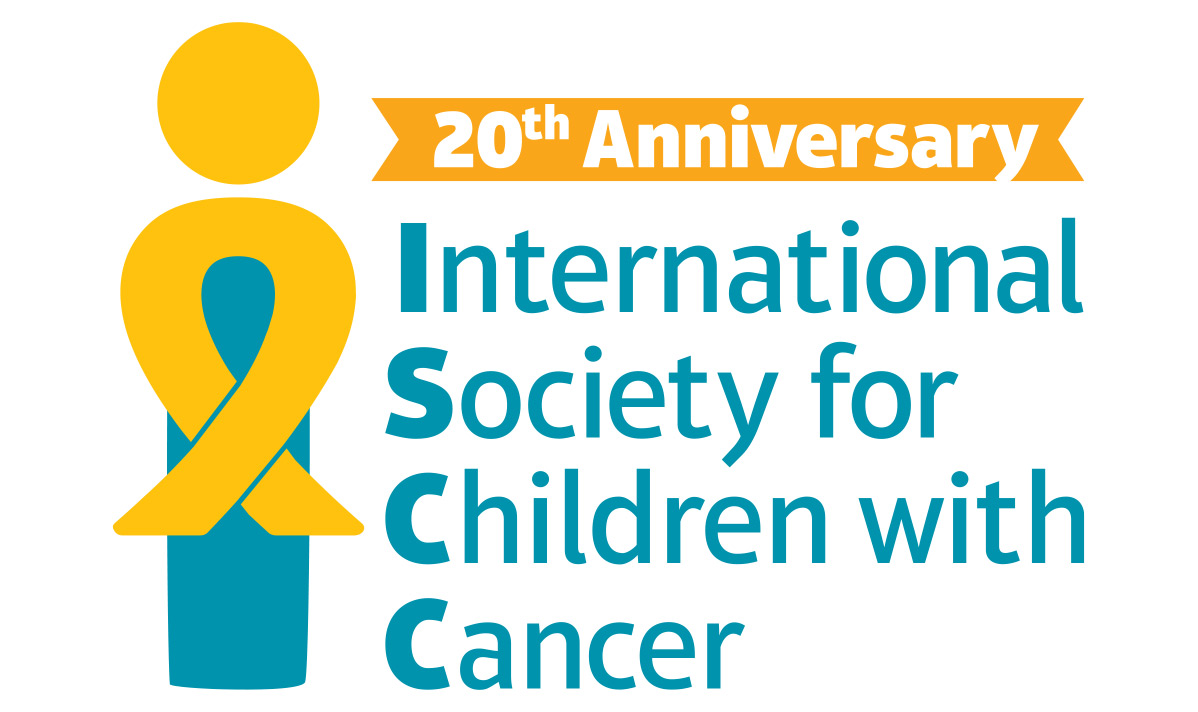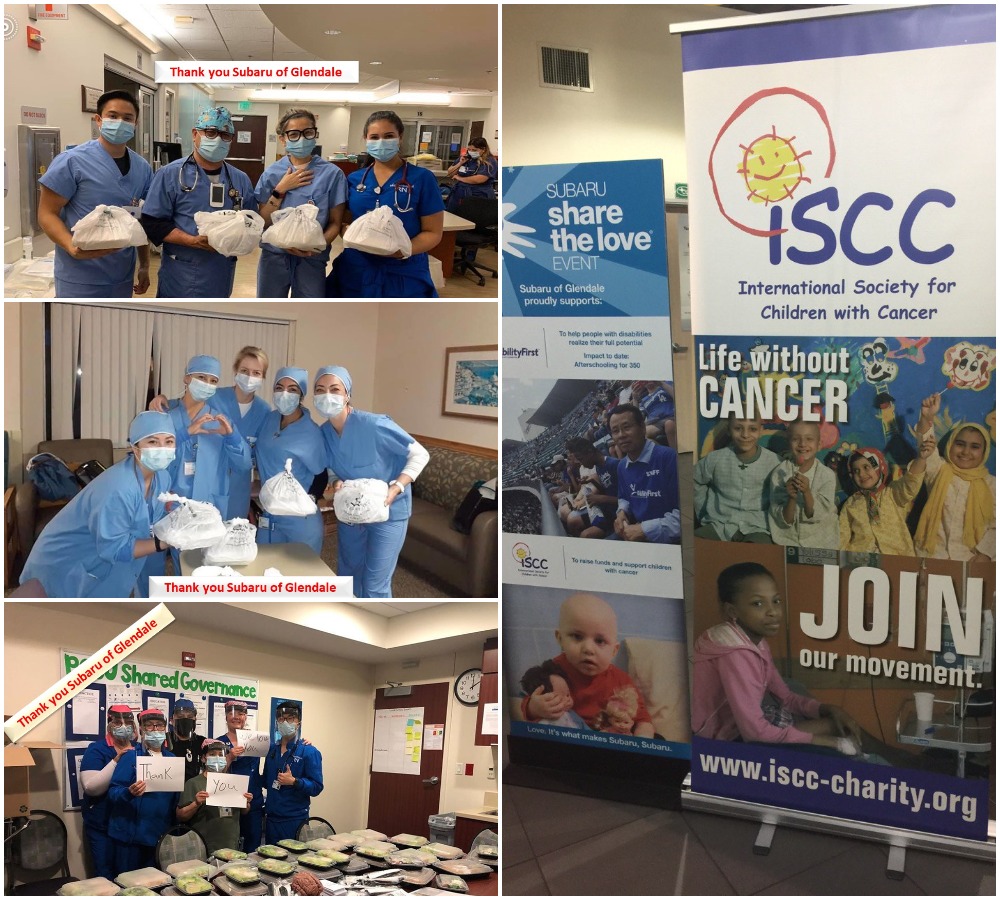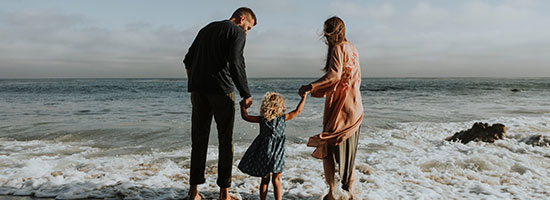Although most cases of cancer are diagnosed in older adults, children can and do develop various kinds of cancers, some of which can be readily treated. However, as the number of childhood cancer survivors has increased over time, it has become apparent that a grim consequence of the treatments applied is to increase the survivor’s risk of developing additional cancers during adulthood.
Who is at Risk?
Children given high doses of chemotherapy to treat leukemia sometimes develop a secondary case of leukemia within ten years of being cured of their first case of leukemia. Children given radiation therapy, especially at younger ages, are at risk of developing breast, thyroid, skin, brain, spine, and bone tumors later in life; these tumors usually only develop more than ten years after treatment. The actual areas at risk of developing a tumor depends on which tissues were exposed to the radiation.
The risk of developing a secondary cancer is actually relatively low; children treated in the 1990s were followed closely and only 1.3% developed a secondary cancer during the fifteen years after treatment. In the past, before the issue of secondary cancers was understood, radiation therapy was often heavily used to treat children with cancer, and the use of radiation therapy was found to be linked to a 2.1% risk of developing a secondary cancer within 15 years of treatment. In the 1970s, more than seventy-five percent of children with cancer were treated with radiation versus only around one-third today.
Inherited Types
A completely different category of childhood cancer survivors who are at risk of developing additional cancers are children who have inherited a cancer syndrome. This category is generally estimated to include only around 10% of children who develop cancer, but these syndromes can be devastating to the child and the family. For example, Li Fraumeni syndrome is caused by an inherited mutation in the TP53 gene, an important tumor suppressor gene. These children are at high risk of developing multiple tumors throughout childhood and as young adults, including breast cancers, bone cancers, sarcomas, brain tumors, and leukemia.
Being Proactive
Doctors usually recommend children thought to be at risk of developing secondary cancers undergo regular checkups and screenings in order to catch any cancer as early as possible when it is easier to treat successfully.











